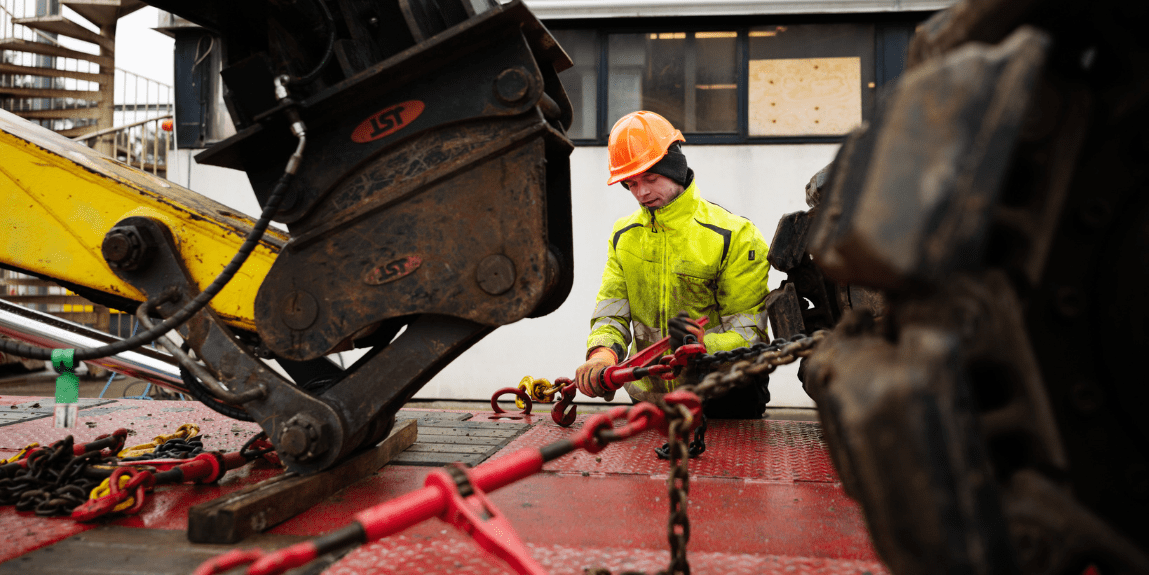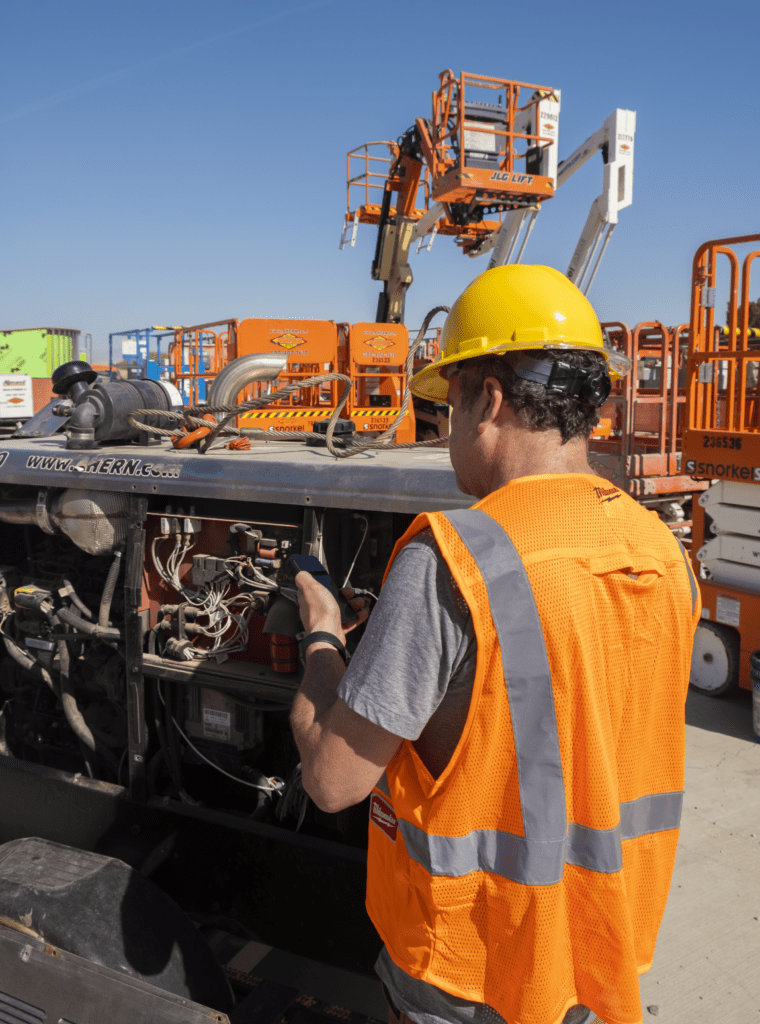

For decades, the definition of a construction machine was simple: a physical object, built bumper to bumper, ready to work. But in today’s digitized world, that old notion is crumbling fast.
In its place, a new reality is emerging: one where machines stretch far beyond the jobsite, their “borders” reaching through the cloud and into the smartphones and laptops of operators, managers, and OEMs thousands of miles away.
At the heart of this shift lies the smart connected machine and component OEMs are wasting no time staking their place in the new digital ecosystem as recent high-profile partnership agreements involving leading components players Danfoss and Bosch Rexroth show.
The traditional view of a machine part — hydraulics, sensors, control units — as a fixed, unchanging piece of equipment is dead. Today, components are becoming active players in a connected, dynamic system that evolves long after a machine leaves the factory floor.
Through secure, OEM-controlled connectivity, components can now receive updates, new features, and critical fixes remotely. Just like a smartphone that keeps getting better with software upgrades, tomorrow’s machines will only grow smarter, safer, and more efficient over time.
It’s not just a nice-to-have. It’s fast becoming a competitive necessity.
And for component suppliers, joining the digital conversation is becoming a non-negotiable given the respective stipulations of the EU Cyber Resilience Act, the soon to come into force EU Machinery Regulation and the more advisory-focused US Cybersecurity Executive Orders & NHTSA Guidelines.
That means that, while for years, hardware makers have flirted with connectivity, they are now going all in and for good reason. First, two-way communication between machines and the cloud slashes the cost and complexity of machine support.

In the past, updating joystick profiles or tweaking an engine’s control logic meant costly technician visits, long machine downtimes, and frustrated customers. Minor issues often went unaddressed simply because the economics didn’t stack up.
Today, that’s changing. Over-the-air (OTA) updates allow software bugs to be fixed remotely, machine parameters to be adjusted in real time, and new functionalities to be deployed instantly across entire fleets, all without touching a wrench.
The ripple effects are massive: less downtime, fewer field visits, freed-up technical teams, and higher machine uptime for owners.
“Component suppliers who embrace connectivity gain access to a reservoir of real-world performance data — always mediated through the machine OEM to ensure security and trust.”
For rental companies, it’s a breakthrough. Fleet managers can now keep machines running at peak performance with fewer expensive service interventions. For contractors, it means less unexpected downtime and less risk of projects slipping off schedule.
And for component OEMs? It’s a ticket to stay relevant in a world where machines aren’t just mechanical—they’re living, evolving platforms.
There’s a bigger prize here, too.
Component suppliers who embrace connectivity gain access to a reservoir of real-world performance data — always mediated through the machine OEM to ensure security and trust.
Armed with this insight, they can design better products, predict failures before they happen, and tailor future innovations to match how machines are actually used on site, not just in theory.
It also shifts the business model away from one-off sales toward ongoing relationships. In the world of connected machines, the value of a component doesn’t end at installation — it grows over time.
“For decades, heavy equipment was seen as rugged but conservative — built tough, but slow to embrace new tech. No longer. The age of smart connected machines has arrived, and the entire industry is racing to find new ways to create value.”
Those who stick to the old ‘sell-and-forget’ model risk being left behind.
The surge of component OEMs into the digital space also signals something larger: construction is reaching a digital tipping point.
For decades, heavy equipment was seen as rugged but conservative — built tough, but slow to embrace new tech. No longer. The age of smart connected machines has arrived, and the entire industry is racing to find new ways to create value.
Construction is starting to mirror the consumer tech world, where upgrades happen in the background and owners expect things to simply work — and keep getting better.

A smart excavator today isn’t just a piece of iron; it’s a rolling data center, constantly adapting and improving.
In this context, component OEMs aren’t just reacting to change, they’re helping to drive it. Their sensors, controllers, and electronics are becoming the nervous system of construction’s digital future.
Of course, with great power comes great responsibility. In the connected ecosystem, the golden rule remains clear: the OEM is the safe pair of hands with exclusive access to the machine.
Every update, every tweak, every data transmission must flow securely through the OEM, ensuring that owners stay in control and that machines remain protected against unauthorized interference.
“Two-way communication between machines and the cloud slashes the cost and complexity of machine support.”
Trust is the foundation on which the digital ecosystem must be built — and protected fiercely.
Those recent high-profile partnerships between machine manufacturers and component giants that I referenced earlier in the article really are just the beginning.
Expect more deals, more collaborations, and more integration over the next 12 to 18 months as the industry moves toward a new normal: machines that upgrade themselves, components that talk back, and jobsites where innovation happens not in leaps, but in daily, invisible, incremental improvements.
For component OEMs, the message is loud and clear: the next wave of value creation has arrived. Those who embrace the digital ecosystem today won’t just survive, they’ll help define the future of construction.
Never miss an insight. We’ll email you when new articles are published on this topic.

